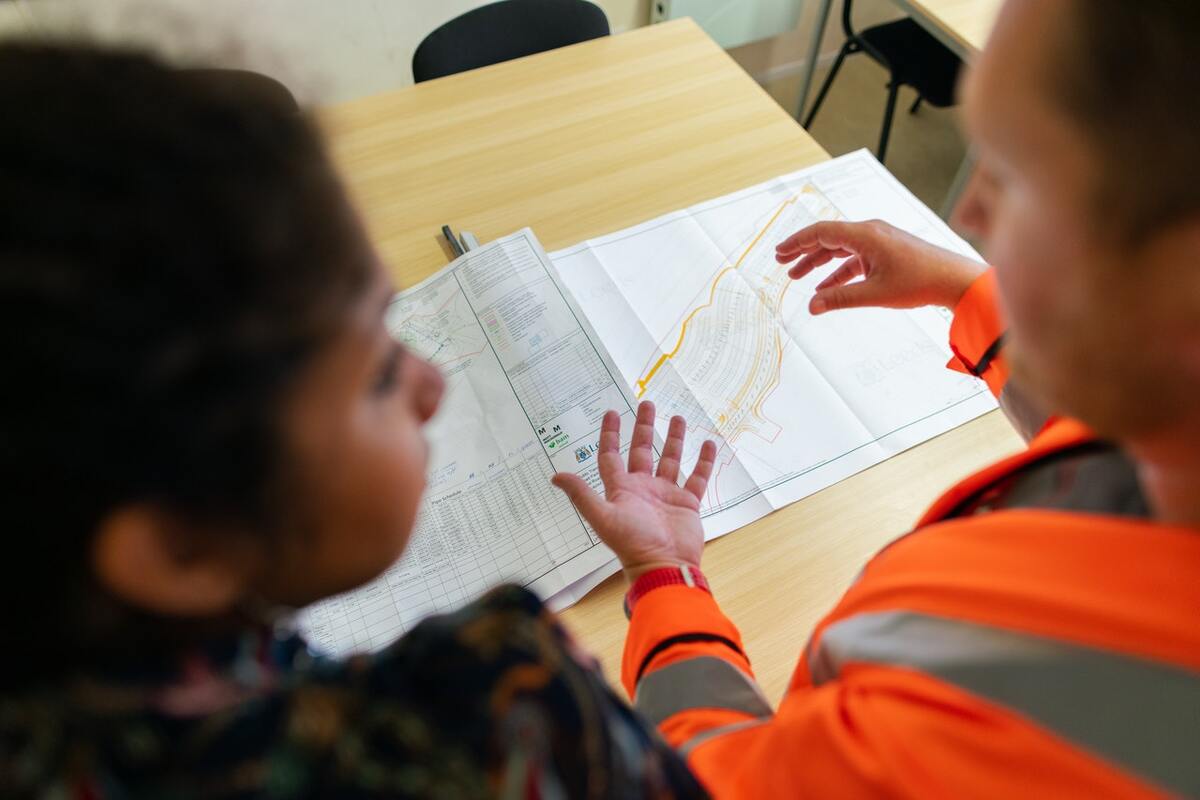Training a Labor Force for Green Construction

Sustainability has become a top priority for consumers, businesses, and governments all over the world, including in the construction industry. In the past, construction hasn’t been known for being a particularly environmentally friendly field. As engineers, architects, and construction professionals look into the future, though, construction could soon be leading the way in sustainability.
Green construction has been on the rise recently as more people realize the benefits it offers to both the environment and local communities. Getting a labor force ready for the green construction surge starts with a few core initiatives.
Start With Inclusive Education
Green construction is the future of the industry. Growth in numerous green careers is already rising well above average, indicating a long-term trend toward sustainability. Adapting an existing team or labor force for green construction starts with education about sustainability. Industry leaders should prioritize offering open education opportunities for employees and industry workers to learn more about green construction and why it matters.
This is especially important considering that construction at large has an aging workforce. Older generations have been found to be less responsive to climate change discourse. So, some within the industry may need opportunities to learn about the benefits of green construction and sustainability before joining the movement. Such benefits include more energy-efficient homes and buildings as well as new high-paying jobs in sustainable construction.
Shifting the Daily Mindset
True sustainability is built on small, everyday actions just as much as large-scale initiatives. One of the best steps that industry leaders can take to prepare the labor force for green construction is to reinforce environmentally friendly practices for day-to-day tasks. Green construction is all about being mindful of how resources are used, so daily on-the-job behavior can have a big impact on sustainability in the long term.
A great example of this in practice is fuel consumption. Electric construction vehicles may not be a reality yet, but construction professionals can still minimize the emissions they generate. Optimizing fuel consumption on-site has benefits as well. Reducing the idle time of vehicles will help improve the longevity of the engine while reducing fuel consumption and emissions. So, something as simple as turning off an engine can help create the mindset needed in a labor force trained for green construction.
This mindset shift can be applied to numerous aspects of construction. The core idea is that members of the construction workforce learn to consider all of the little ways they can help make the industry more sustainable on a daily basis.
Training New Hires
One of the many benefits of embracing green construction could be a new renaissance in the construction industry at large. Construction companies have been struggling for years now to attract young new hires. Considering that Gen-Z, the youngest generation currently in the workforce, is flocking to careers in sustainability, this is not surprising. The construction industry can seize this opportunity to shift its reputation by implementing environmentally friendly practices and offering accessible training to young people.
Surveys have shown that Gen-Z is growing increasingly skeptical of the value of a college degree over trade school or a job right out of high school. This indicates that Gen-Z could fill the labor shortage the construction industry has been grappling with.
Engaging with young people about green construction appears to be the perfect way to bridge the gap between generations and show young new hires that construction can be exactly the innovative, sustainable field they are looking for. Supporting local green building education programs could be a great way for industry leaders to connect with this open-minded generation of new hires.
Switching to New Technologies
The construction industry, like many others, is in the process of slowly transitioning to more environmentally friendly technologies, such as renewable energy and, one day, electric equipment. Additionally, innovative new build methods, such as modular prefabrication and 3D-printed construction, are making great strides in green construction. Additive manufacturing, in particular, shows extensive promise for revolutionizing the industry.
While these new technologies may seem fringe, advanced, or unnecessary today, they are a central part of tomorrow’s green construction labor force. Training team members for green construction should be rooted in sustainable practices for existing build methods, but it is important to include discussions on these emerging green construction technologies, as well. Exposure to things like 3D-printed construction and electric vehicles will help future-proof the green construction labor force while also boosting optimism for the industry’s horizons.
A Green Future in Construction
Preparing the labor force for the rise of green construction is about more than meeting demand. Construction workers who have training and experience in green construction will be eligible for new, high-paying, sustainability-focused jobs. Including green construction training will also go a long way toward attracting young people to the construction industry.
Additionally, construction companies that utilize green building methodologies will save money and resources. The best part is, these benefits are in addition to the core benefit of green construction: healing the planet.



